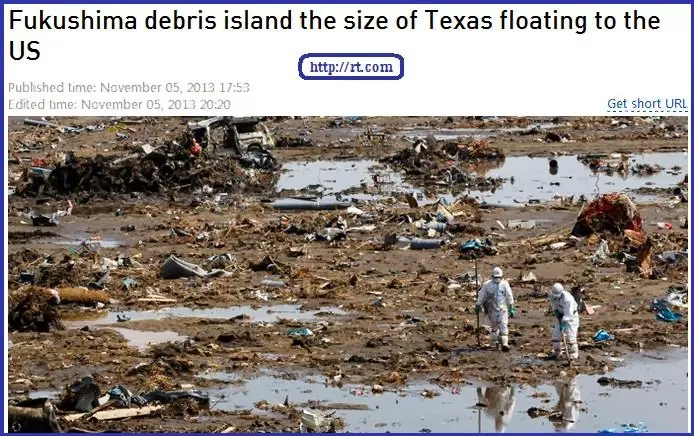One of four heavily damaged reactor buildings at Japan's tsunami-battered Fukushima nuclear power plant has been cleared of radioactive fuel rods, the operator said on Saturday (Dec 20).
It was a significant step in the decommissioning efforts, but workers still have three heavily crippled reactors to clean up after they were sent into meltdown in the 2011 quake-tsunami disaster. The overall clean-up work of the Fukushima plant is expected to take decades.
A total of 1,535 fuel rod assemblies have been now taken out of the building after Tokyo Electric Power Co's (TEPCO's) year-long operation, a company spokesman said. "Completion of the removal work is a milestone, but the decommission work will continue," plant chief Akira Ono told reporters.
The nuclear fuel was removed from a pool used to store the rods - which were mostly spent - in the reactor number 4 building, which was offline for regular check-ups at the time of the March 2011 disaster.
The tsunami battered the plant's cooling system and sent reactors number 1 to 3 into meltdown, setting off the worst atomic accident in a generation.
TEPCO will remove fuel rod assemblies from the pools of other damaged buildings before extracting the melted fuel from the reactors.
It was a significant step in the decommissioning efforts, but workers still have three heavily crippled reactors to clean up after they were sent into meltdown in the 2011 quake-tsunami disaster. The overall clean-up work of the Fukushima plant is expected to take decades.
A total of 1,535 fuel rod assemblies have been now taken out of the building after Tokyo Electric Power Co's (TEPCO's) year-long operation, a company spokesman said. "Completion of the removal work is a milestone, but the decommission work will continue," plant chief Akira Ono told reporters.
The nuclear fuel was removed from a pool used to store the rods - which were mostly spent - in the reactor number 4 building, which was offline for regular check-ups at the time of the March 2011 disaster.
The tsunami battered the plant's cooling system and sent reactors number 1 to 3 into meltdown, setting off the worst atomic accident in a generation.
TEPCO will remove fuel rod assemblies from the pools of other damaged buildings before extracting the melted fuel from the reactors.
- AFP/al
[channelnewsasia.com]
20/12/14
--
-
Related:
--
Related:
Related:
----
Related:



















 GR
GR FR
FR DE
DE ES
ES IT
IT RU
RU EU
EU